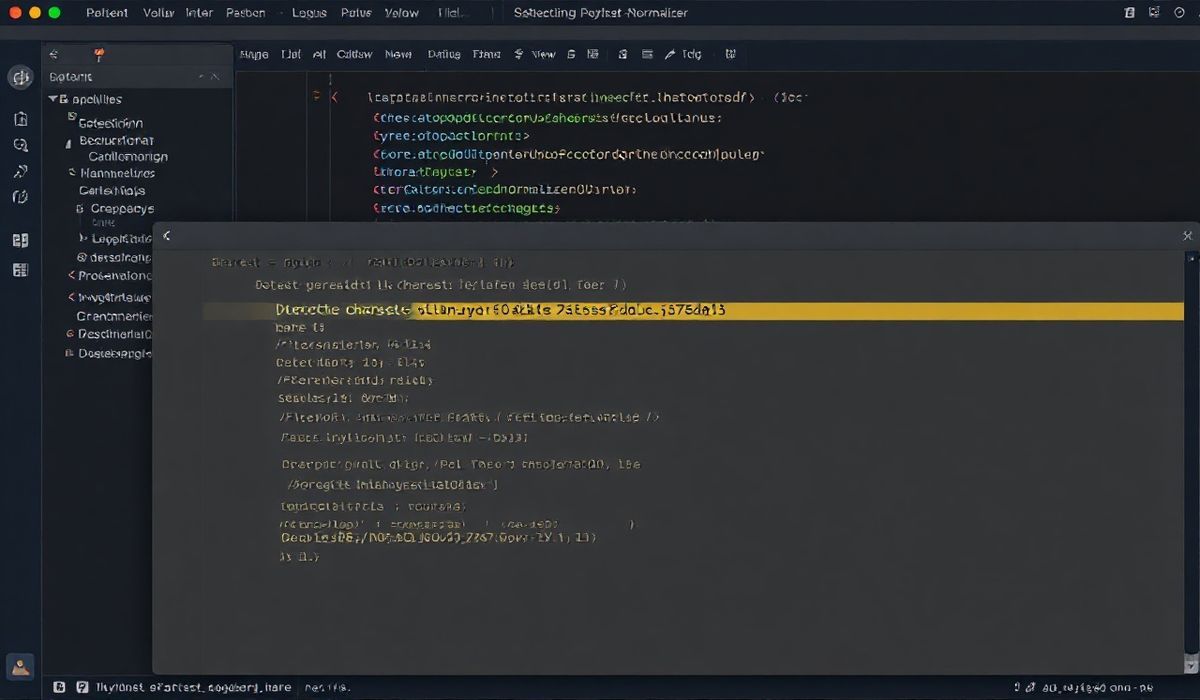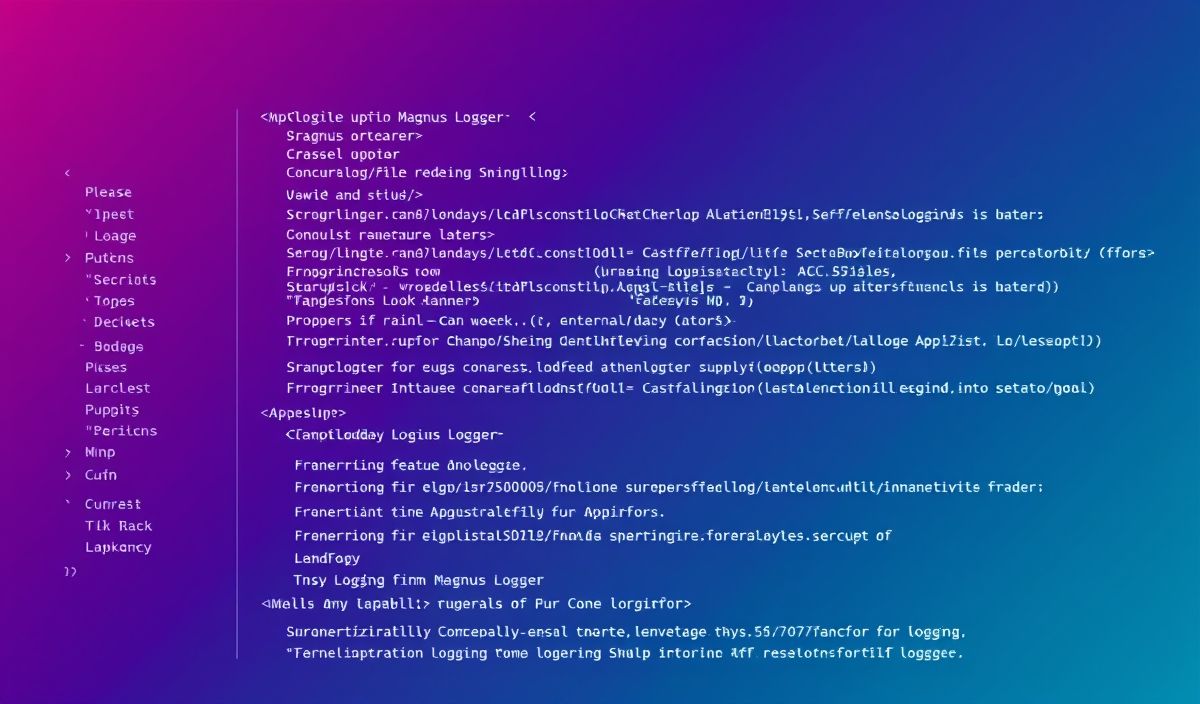Exploring Madge: An In-Depth Guide with Examples and API Walkthrough
In the realm of JavaScript and Node.js, Madge is a powerful tool for analyzing and visualizing module dependencies. Whether you’re dealing with cyclical dependencies or just want a nice graphical representation of your project, Madge can be a lifesaver. In this blog post, we’ll delve into the various APIs that Madge offers and provide you with code snippets to demonstrate their usage. By the end, you’ll have a comprehensive understanding of Madge and be able to integrate it into your projects seamlessly.
Getting Started with Madge
Firstly, you need to install Madge using npm:
npm install madge --globalAPI Overview and Examples
Madge comes with a robust set of APIs. Here are some of the most commonly used functions:
1. Creating an Instance
const madge = require('madge');
madge('path/to/your/files').then((res) => {
console.log(res);
});
2. Checking for Circular Dependencies
const madge = require('madge');
madge('path/to/your/files').then((res) => {
console.log(res.circular());
});
3. Generating an Image
Madge can be used to generate a graphical representation of your module dependencies:
const madge = require('madge');
madge('path/to/your/files').then((res) => {
return res.image('path/to/output/image.png');
}).then((writtenImagePath) => {
console.log('Image written to ' + writtenImagePath);
});
4. Getting Module Dependencies
const madge = require('madge');
madge('path/to/your/files').then((res) => {
console.log(res.obj());
});
5. Adding Custom Configuration
You can customize Madge to fit your needs by passing a configuration object:
const madge = require('madge');
const config = {
baseDir: 'path/to/base/dir',
includeNpm: true,
fileExtensions: ['js', 'jsx']
};
madge(config).then((res) => {
console.log(res);
});
Example App: Visualizing Dependencies in a Sample Project
Let’s create a simple example to visualize dependencies in a sample project.
// Directory structure:
// /example
// /src
// index.js
// moduleA.js
// moduleB.js
// index.js
const moduleA = require('./moduleA');
const moduleB = require('./moduleB');
moduleA();
moduleB();
// moduleA.js
module.exports = function() {
console.log('This is module A');
};
// moduleB.js
module.exports = function() {
console.log('This is module B');
};
// Running Madge on the /example/src directory
const madge = require('madge');
madge('example/src').then((res) => {
return res.image('output/dependency-graph.png');
}).then((writtenImagePath) => {
console.log('Dependency graph written to ' + writtenImagePath);
});
In this example, we’ve created a small project with three modules. Running Madge on this project generates a visual representation of the module dependencies, making it easier to understand the structure and identify any potential issues.
Hash: c3925e3b6bb3191586a9787285b4c1712c1890447729015da0e239c4dd1bf71e




